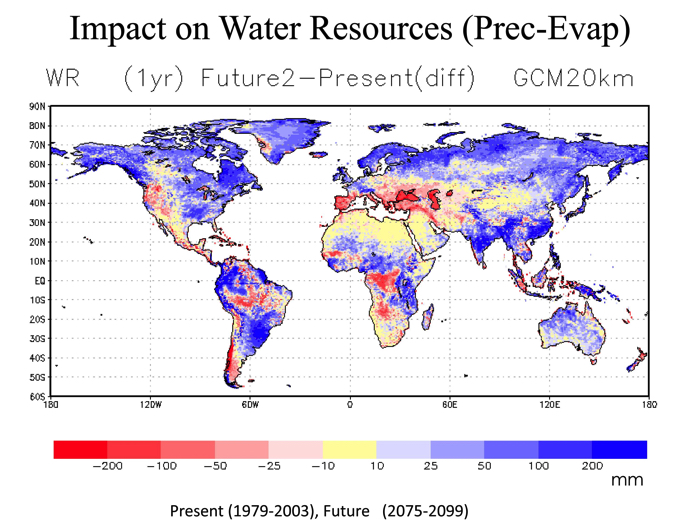- Project Leader : Nagano Takanori (Graduate School of Agriculture Science, Kobe University)
- Collaborators : Fujiwara Yoichi (Crop, Livestock and Environment Division, Japan International Research Center for Agricultural Sciences)
- : Kozan Osamu (Center for Southeast Asian Studies, Kyoto University)
- : Hoshikawa Keisuke (Center of Integrated Area Studies, Kyoto University)
Outline of Research
The Reanalysis of meteorological data (reanalysis products) that are made through the assimilation of observed data throughout the world are widely used in studies on climate change mechanisms. This study aims to analyze the relations between the reanalysis data and local agricultural activities in Southeast Asia over the past five decades through the following steps.
(1) The history of agricultural production and damage will be obtained through interviews with local farmers and the analysis of agricultural statistics.
(2) The relation between observed precipitation data and information about agricultural activities obtained through (1) will be analyzed.
(3) Meteorological mechanisms that created local agricultural damages will be clarified through an analysis of relations between the reanalysis data and local observed precipitation data.
Description
The purpose of this research project is to evaluate relations between meso-synoptic scale meteorological mechanisms and local climate disasters that severely affected agricultural production and farmers’ livelihoods in Southeast Asia over the last five decades through an integration of reanalysis meteorological data (NCEP/NCAR, JRA25, etc.), observed local meteorological data, agricultural statistics and information obtained through interviews with local people.
As reanalysis products and climate projection datasets under global warming, scenarios have a similar data structure and timespatial resolution, and the accumulation of case studies about the relation between reanalysis data and phenomena on the ground surface will form an important base for the assessment of impacts of climate change in the future. While there have been a number of studies conducted on the relations between reanalysis products and local hydrological observations, studies on relations between reanalysis products and local human activities are still rare.
A collection of cases of the relation between four elements: “meso-synoptic circulation based on reanalysis products,” “local weather conditions based on observations,” “agricultural damages caused by meteorological disaster” and “adaptation of local people” will be published as a final report.


